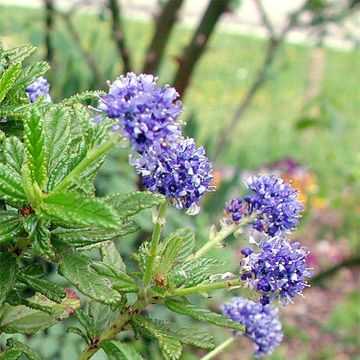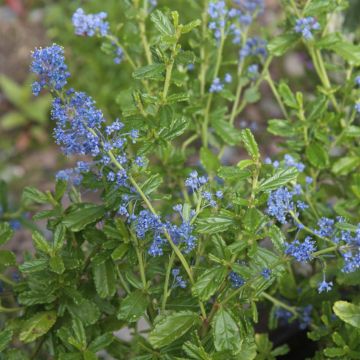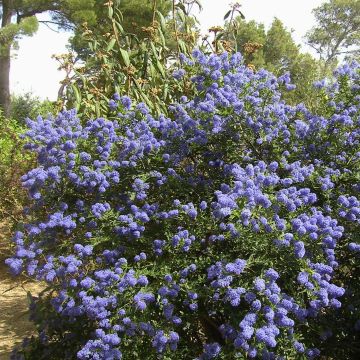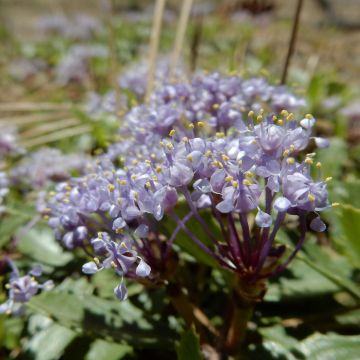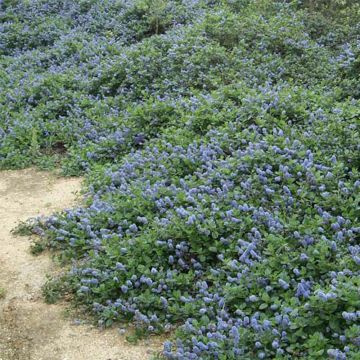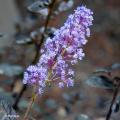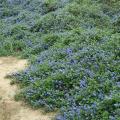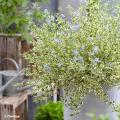Creeping Ceanothus
Does this plant fit my garden? Set up your Plantfit profile →
Available in 1 sizes
Available in 3 sizes
Available in 3 sizes
Available in 2 sizes
Available in 1 sizes
Available in 1 sizes
Our selection of creeping Ceanothus, California Lilacs with a low and spreading habit. Like Ceanothus thyrsiflorus 'Repens' and Ceanothus prostratus, these evergreen bushes with wide-spreading growth are perfect as ground cover or for flowering slopes and rockeries. In spring, between late March and late May depending on the climate, they are covered in a superb blanket of flowers in shades of blue clustered in small clusters. Honey-scented and fragrant, they attract many bees and other pollinators. Forming a beautiful and wide mass, the Ceanothus griseus var. horizontalis ‘Yankee Point’ with a nicely layered habit blooms generously in April in an intense blue colour and a beautiful honey fragrance. Both bushy and creeping, with an incredible blue colour, the cultivar ‘Blue Sapphire’ has an exceptionally long flowering period from April to July. Native to California, these bushes are not very hardy, but they tolerate dry conditions and sea spray. Planting them on slopes is highly suitable, especially near the coast and in dry gardens without irrigation. Ceanothus maintenance is very minimal, a light pruning after flowering is sufficient. This will promote branching for a dense coverage of the area to be planted.
Haven't found what you were looking for?







































